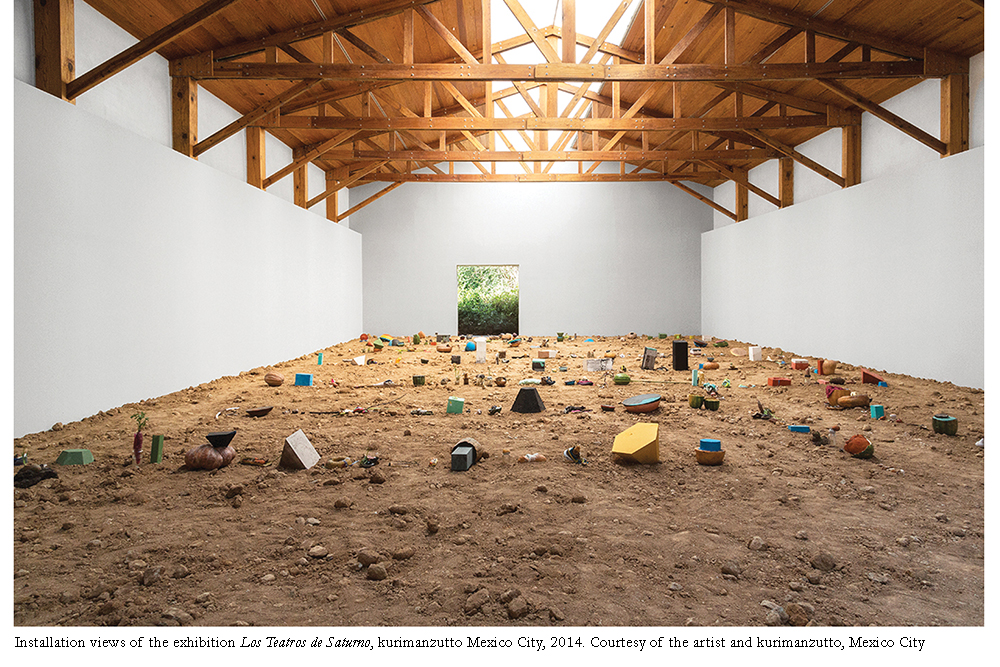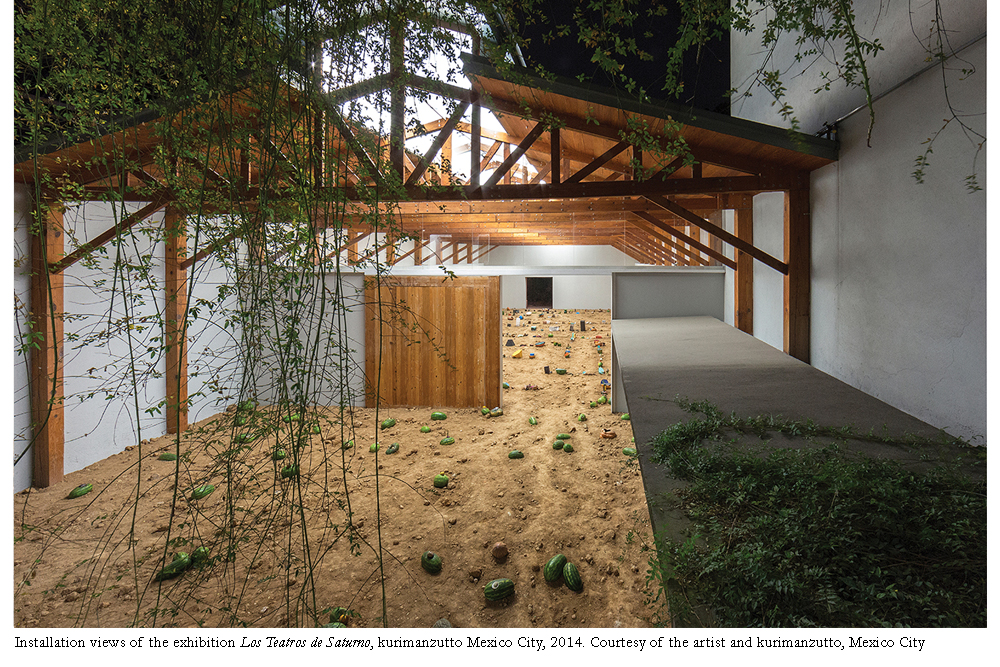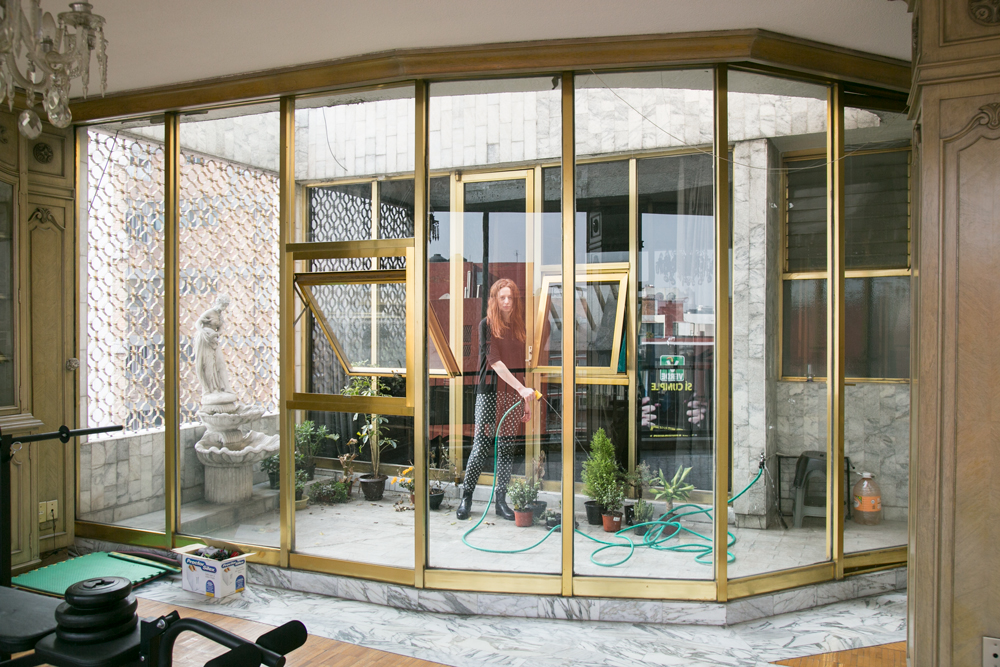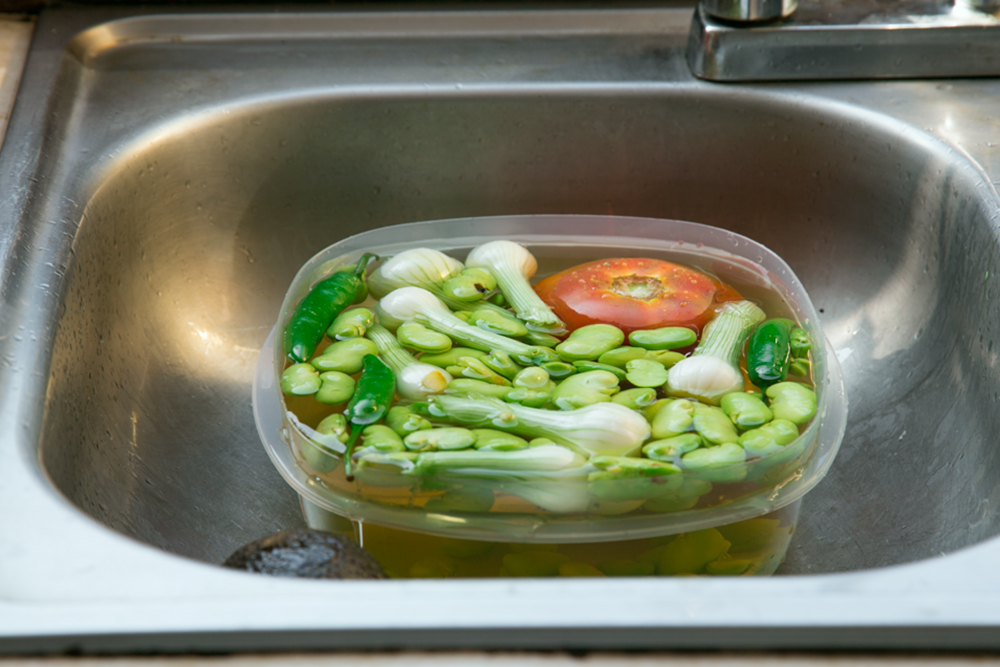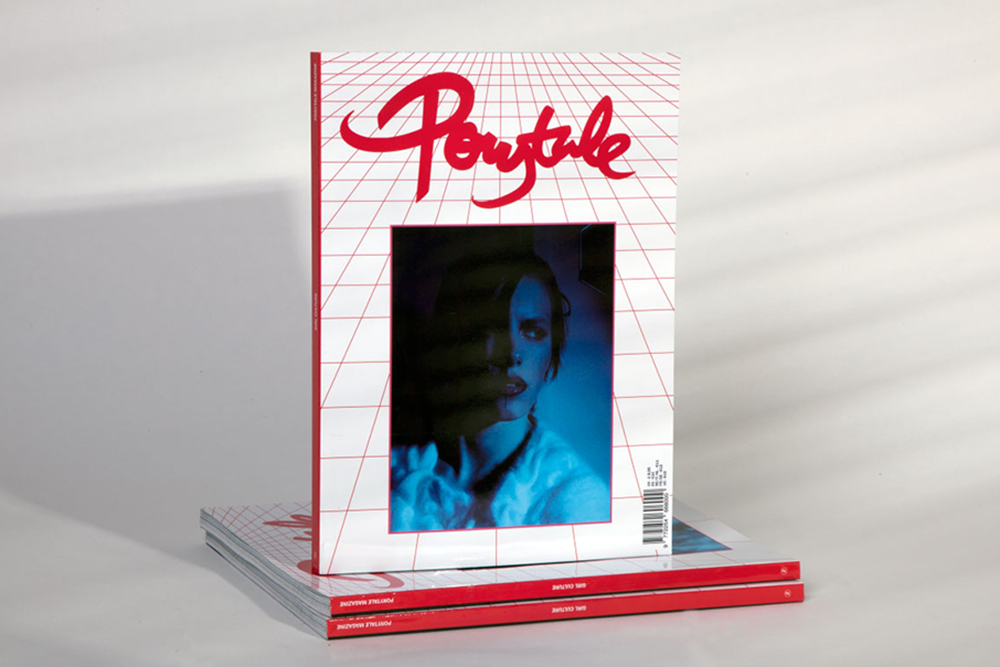Shrimp, Fava Beans, Avocado, Cilantro and Chili
Bree Zucker’s Mexico City Ceviche
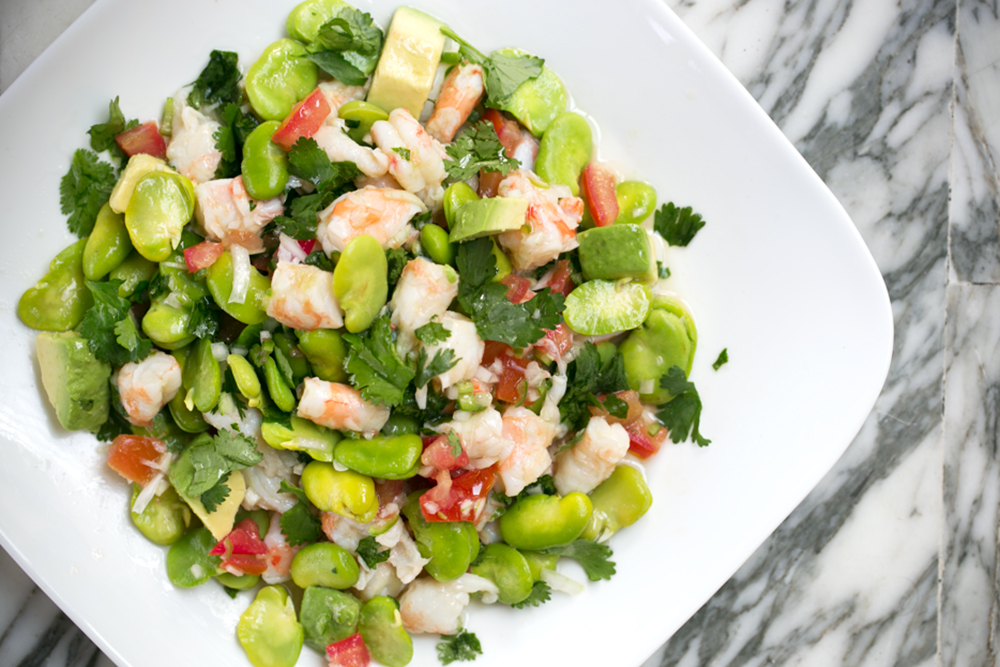

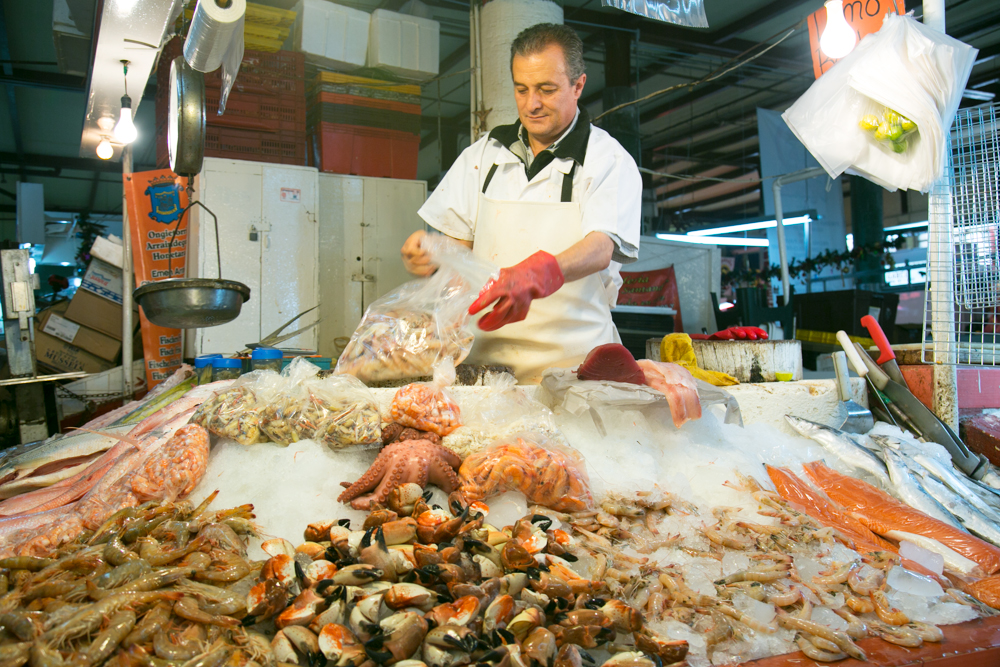
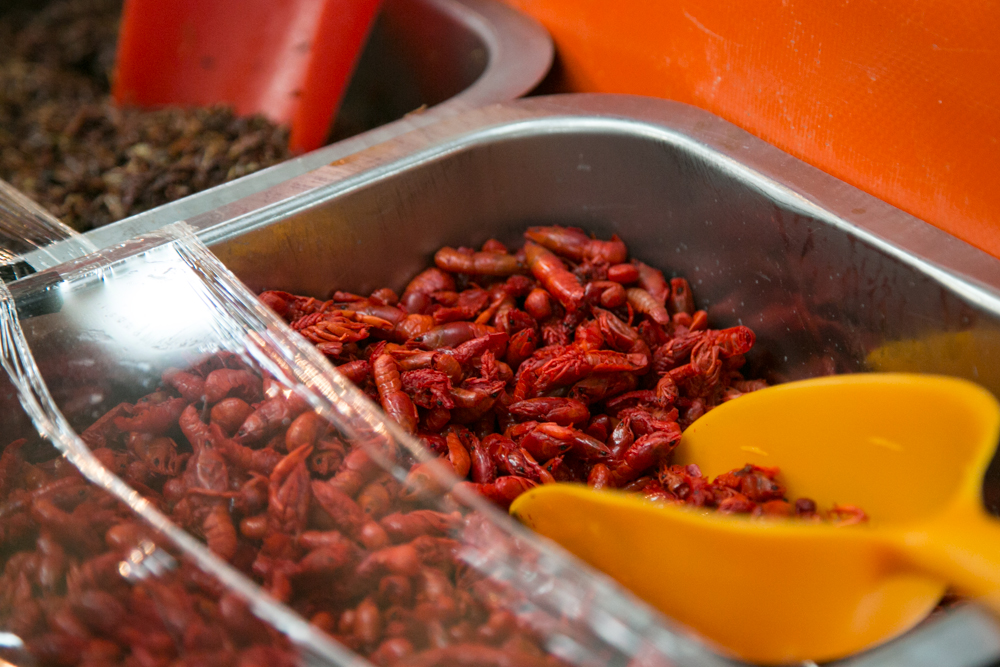
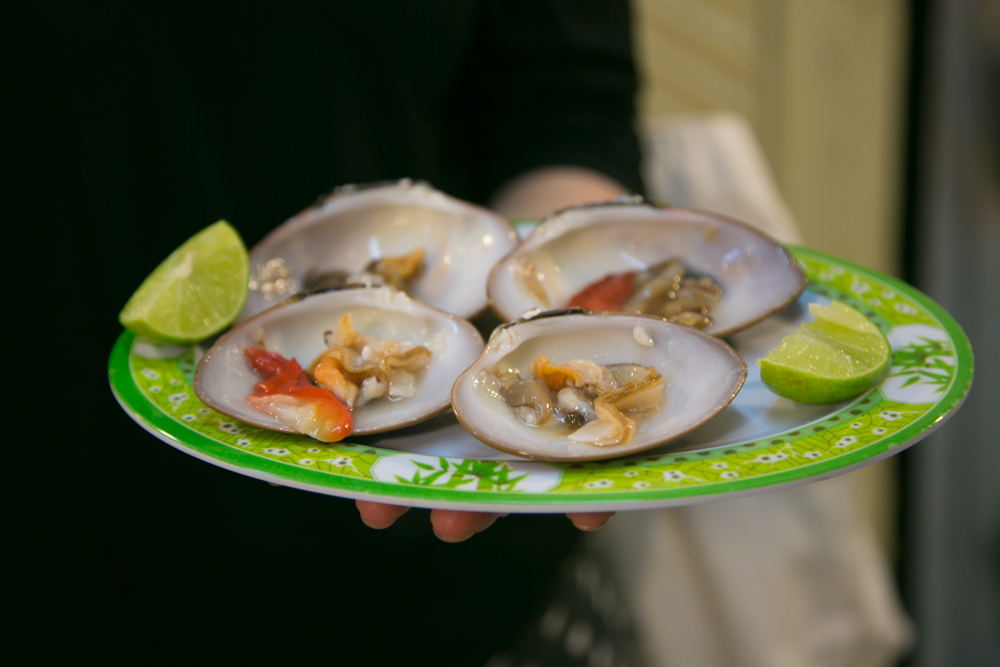
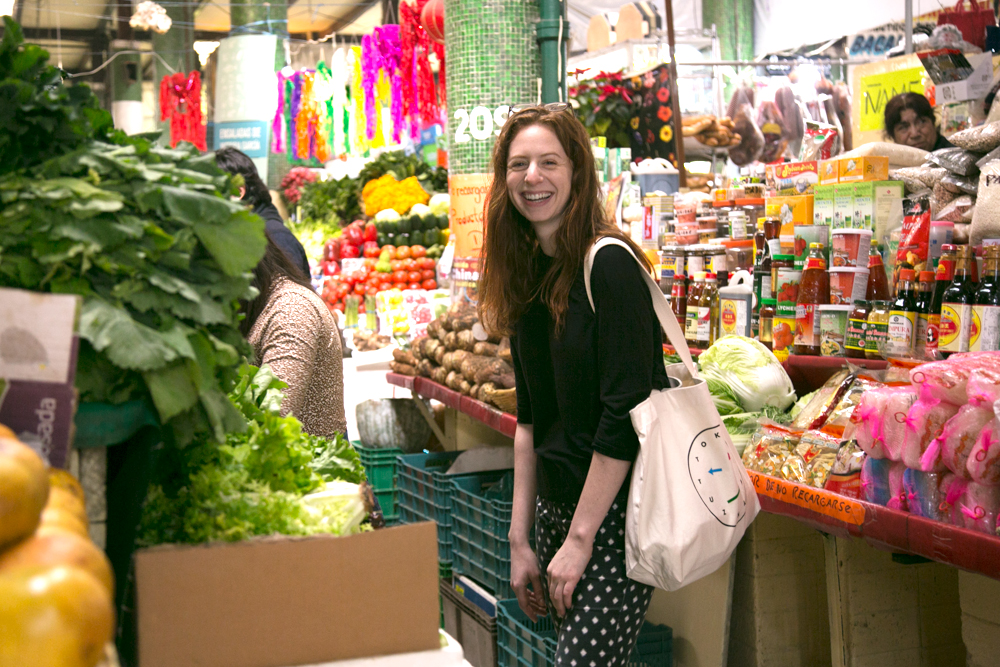
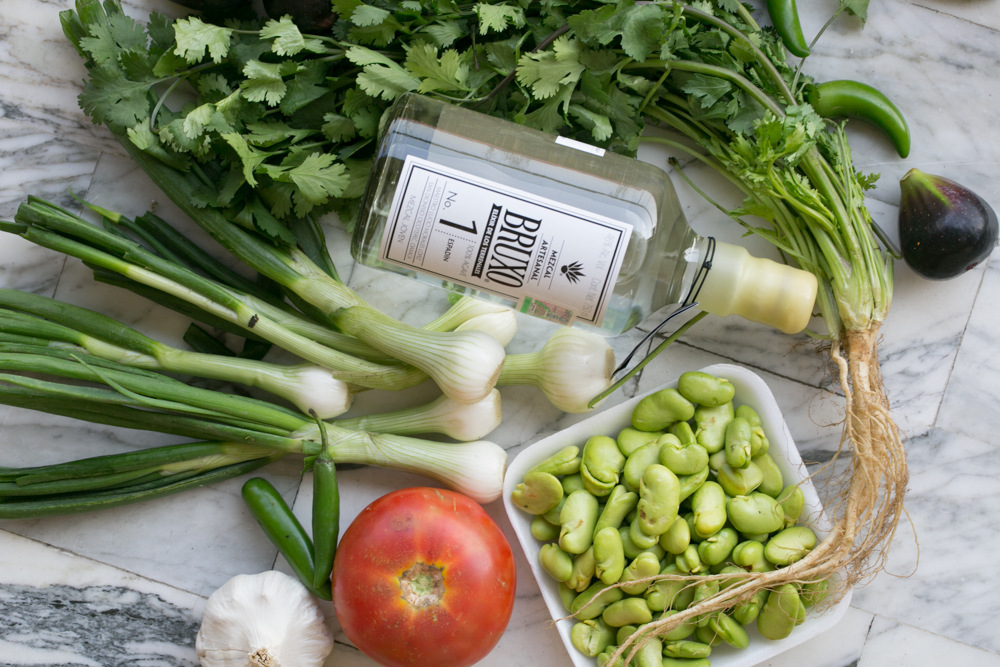
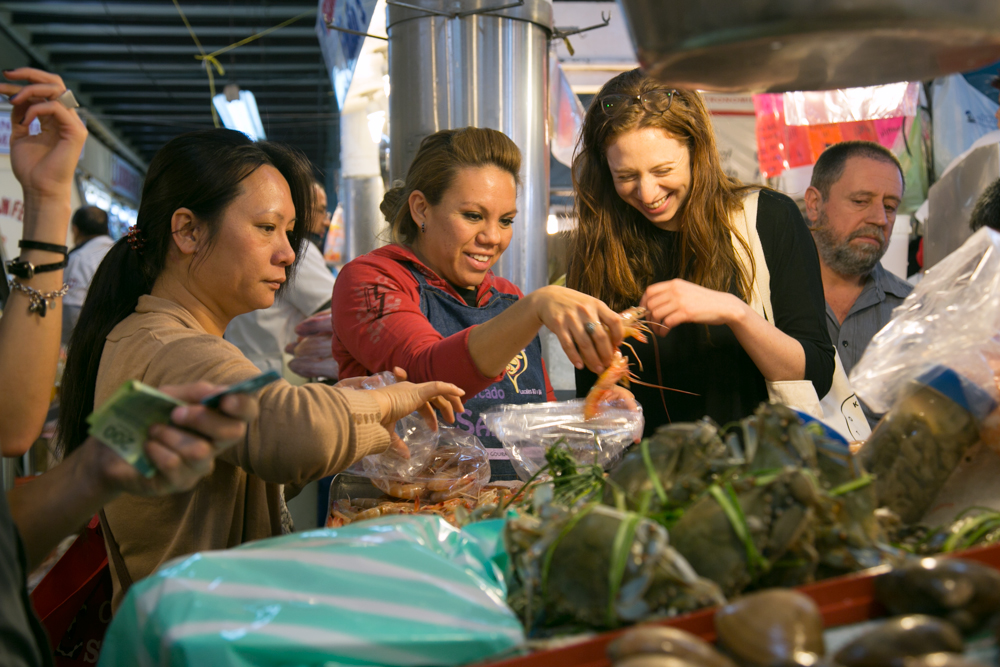
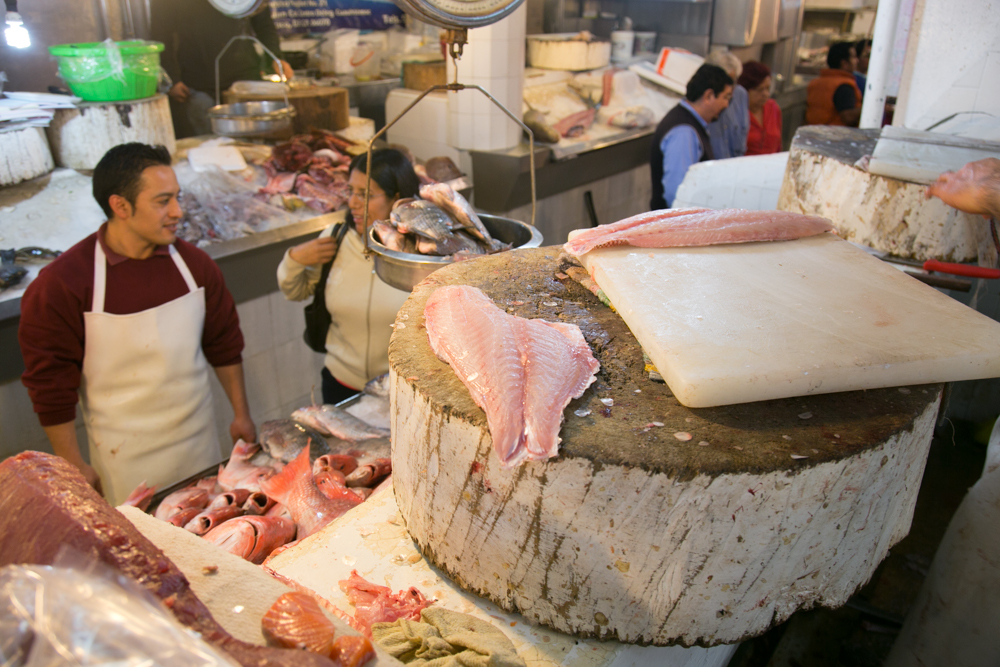
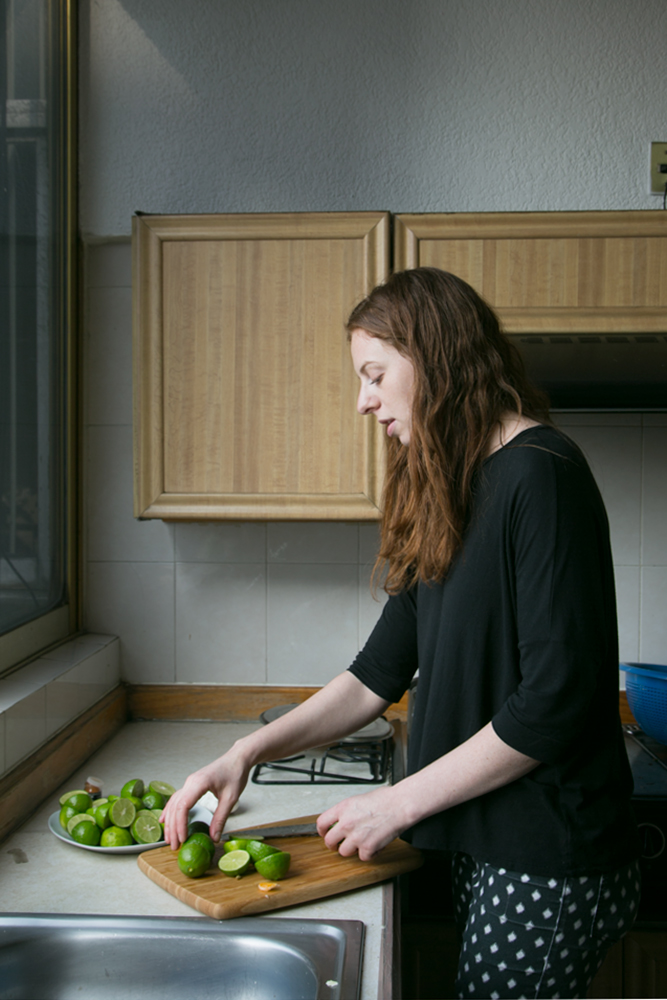
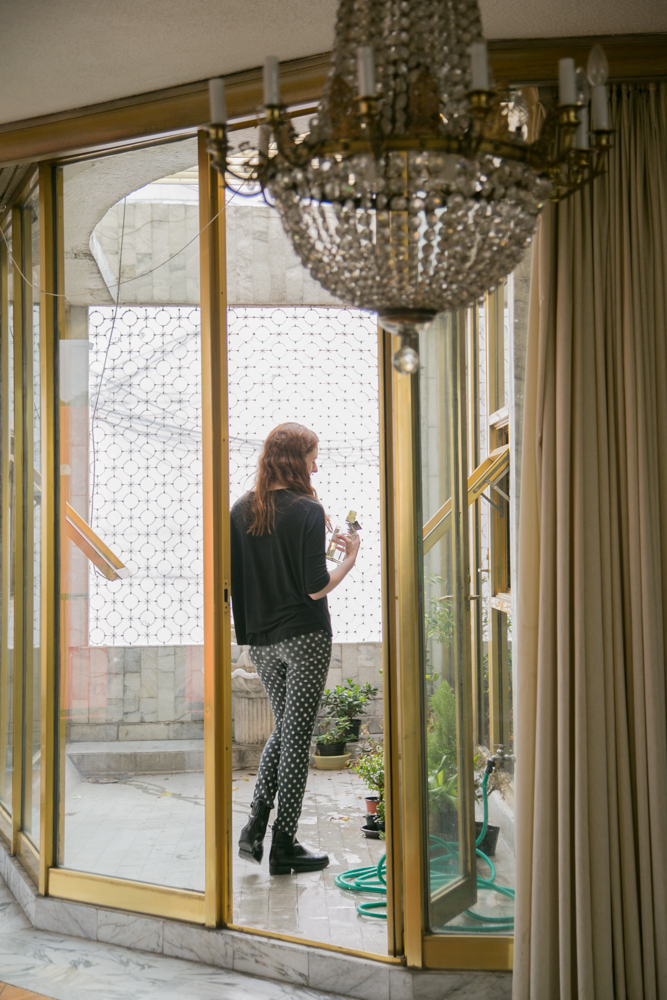

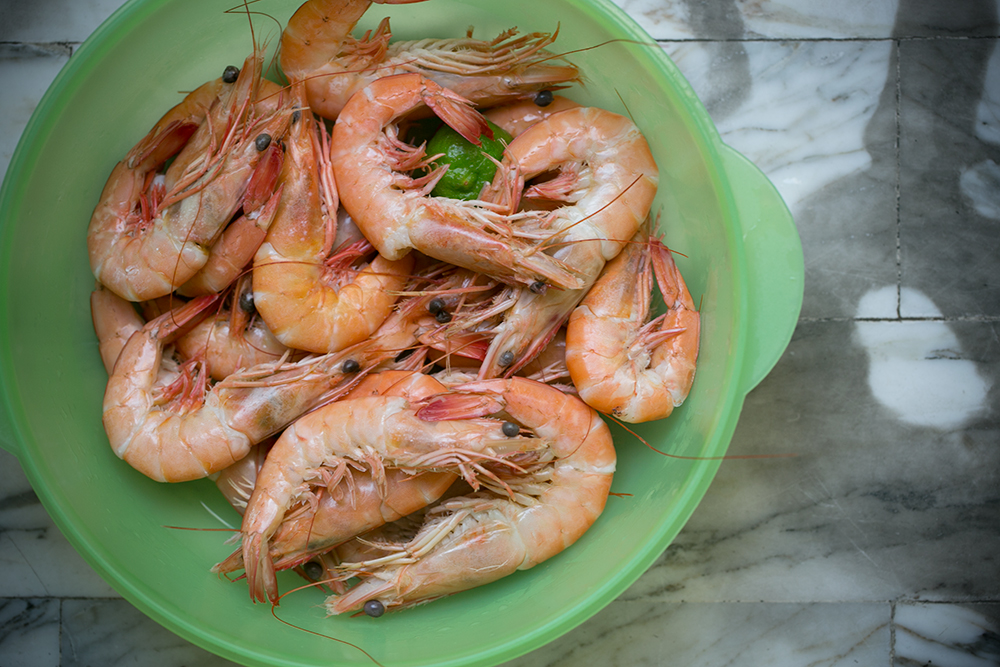
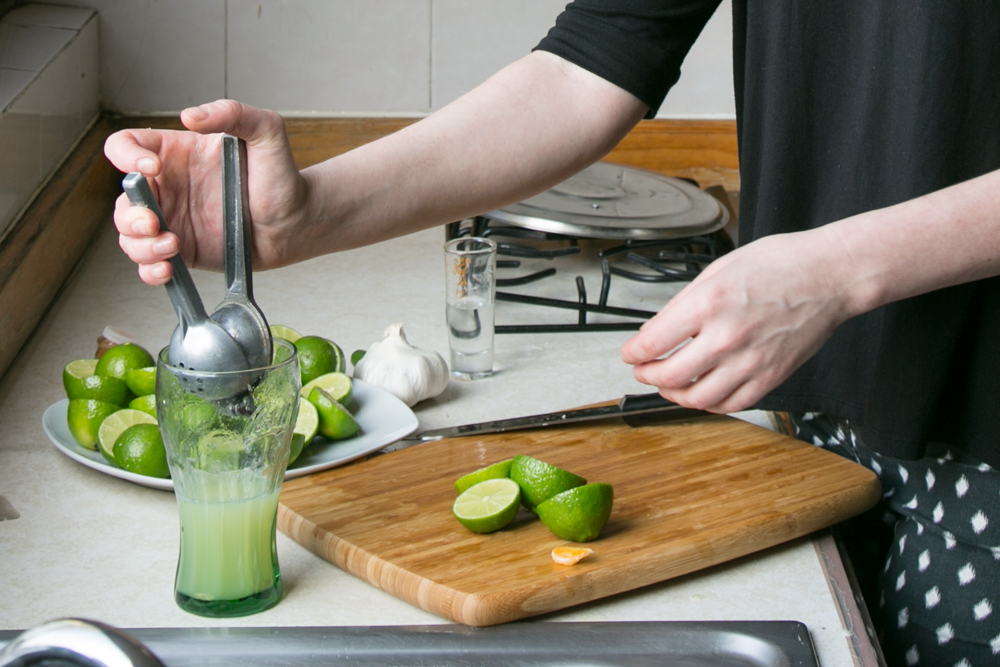
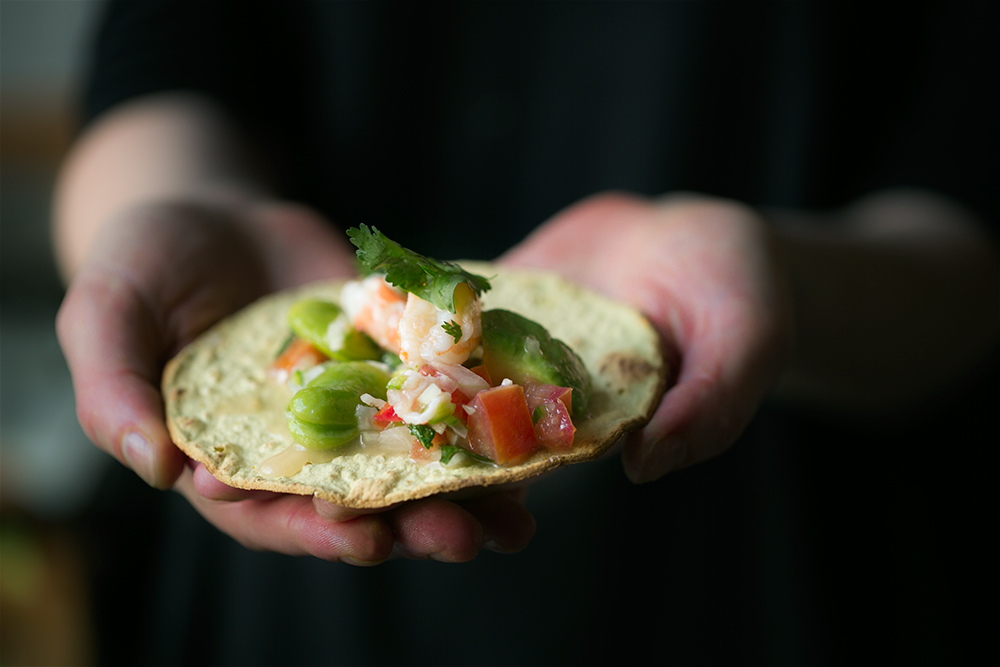
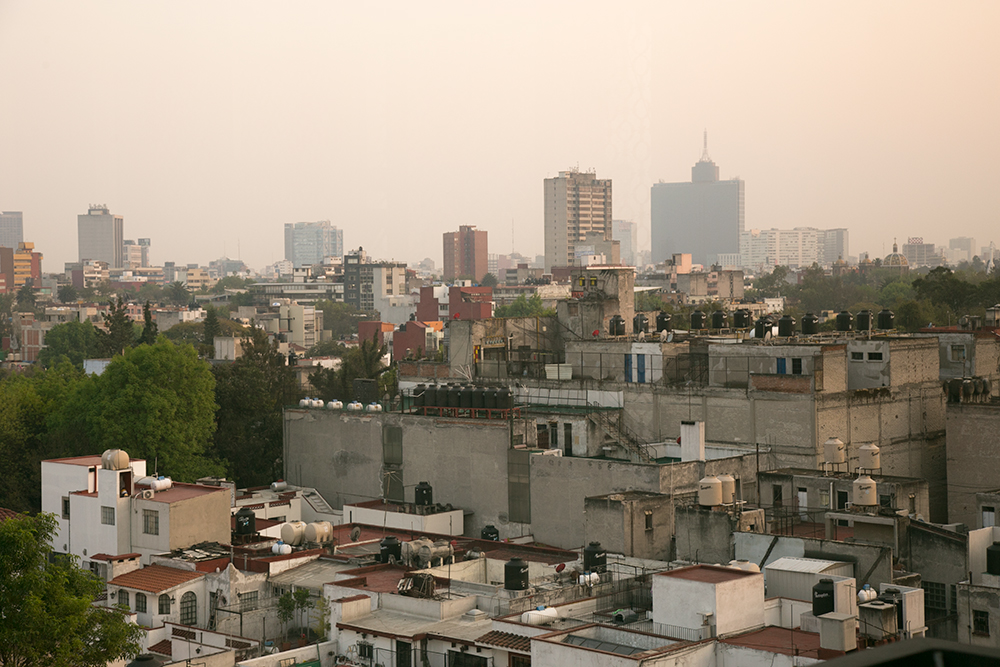
INGREDIENTS
- AVOCADO,
- avocado oil,
- CILANTRO,
- fava beans,
- limes,
- shrimp,
- tomatoes
NOTES
This recipe be made with white fish or scallops instead of shrimp, in which case, you don’t have to cook the seafood prior to assembly, just be sure to let the mixture stand in the lime juice for at least 20 to an hour, depending on how raw you like your ceviche. We added fava beans because we couldn’t not buy them. If these are not in season where you are, substitute with frozen shelled edamame. In Mexico, I had ceviche that had a generous amount of olive oil added to it, and it was so satisfying but still tasted light and refreshing.
RECIPE
DIFFICULTY
MODERATE
SERVES
6
PREP TIME
45 MINS
Ceviche
-
6limes
-
1cupfresh shelled fava beans
-
2lbslarge shrimp, heads on
-
1/2cupfreshly squeezed lime juice (6 limes)
-
2smallspring onion, minced
-
1clovegarlic
-
1tomato
-
3serrano chilis, deseeded and minced
-
1/4cupcilantro leaves
-
1tbsmezcal
-
1glugavocado oil
-
1Hass or Fuerte Avocado
-
sea salt to taste
-
tostadas or tortilla chips to serve
INGREDIENTS
- AVOCADO,
- avocado oil,
- CILANTRO,
- fava beans,
- limes,
- shrimp,
- tomatoes
Bree Zucker is tough to describe; she is a gallerist, photographer, magazine editor, intellectual party girl (in the best sense of the word), but she is more a force than she is any one thing. When I asked my friend Jesse if he knew her, he aptly replied, “Oh yeah, she’s one of those people who is there one second, making everyone at the party have a good time, and then she is gone, in another country somehow.” Bree had convinced two separate friends to host larger get-togethers for the salad occasion, but one had fallen ill to a Mexican stomach bug and the other skipped town (these were two recurring themes on our trip between Christmas and New Years). Bree had just returned from Madrid the day before, and one of her many collaborative projects, Ponytale Magazine, was due at the printer that day (be warned: if you click that link you will get sucked into a titillating internet hole of full of female stoners, Catholic lesbians and roller derby). Regardless, Bree set aside the afternoon for me. I actually took her to a local market she had yet to visit, the Mercado de San Juan. I had walked through earlier in the week, and was aching for an excuse to return with a reason to purchase ingredients — enter our mission to make the perfect ceviche.
This market specializes in fresh and unusual seafood, like the “Chocolate Clams” we slurped straight from the fish monger’s hand, or the “Langostines” that Bree politely declined (suspicious of any Langostine that comes from the Gulf of Mexico). They sell rare meats like tiger and a whole array of crunchy insects, which we sampled but ultimately passed over. Bree, having had her own personal saga of intestinal travails in Mexico, bought a bottle of mezcal to chase the meal, “just in case.” The ceviche we would make was my idea, and she was a good sport to humor me. I am pleased to report, we all survived, and happily so.
Bree Zucker in Her Own Words
Julia: You bounce around a lot, and have lived in some fabulous places. What inspired those moves?
Bree: I went to college at Barnard and after I graduated, I moved to Vienna for a year and a half to work as an assistant/ghostwriter for the assistant to the Prime Minister of Austria. I moved back to NY, trained as a professional art printer at Griffin Editions and later became the studio manager for Maciek Kobieski, running his fashion empire. I then moved to L.A. to attend the Mountain School of Art, and when I finished that, I focused on producing photography and performances, before finally moving to Mexico City to work a t the Mexico City gallery, kurimanzutto.
JS: What brought you to make the move to Mexico City?
BZ: The door was open and I decided to step through. You have to revolutionize yourself. New opportunities are always intriguing and while Mexico City was a risk, in all that the move entailed, I thought if not now, then never.
JS: Does your experience working in the art world here differ from other places you have lived and worked?
BZ: When you are new in town, people are quite open to you. I often compare Mexico City to Tokyo — it has the same crazy architectural mash-up, overwhelming amount of people and social codices that can be tricky to untangle at first. But in terms of a working environment, it reminds me a lot of Vienna, in the sense that the scene is very small, and you meet everyone quite quickly. While I enjoy spaces that have a special, hidden “insiders only” quality to them, this city with all its beautiful windows, is not made for pedestrians or for the general public and that bothers me.
JS: What were the major adjustments you had to make to acclimate?
BZ: Disinfecting all of your vegetables and the lack of running drinking water! No more grazing at the supermarket! These things are indicative of the larger infrastructural problems in Mexico and also just a very real. At one point, my entire building was without electricity and running water for about a week, which is not unusual here. Some of these things are now endearing, like buying your gas in giant Yves Klein blue tanks, but it took a minute to get used to.
JS: Tell the truth, did you pull out the mezcal while we were eating because you were still secretly terrified to eat ceviche?
BZ: Haha! I love mezcal, it’s Mexican firewater and I truly believe that everything is better with some! But yes, there is a joke that if you’ve just had something iffy to eat, you have a little “tequilito” or “mezcalito” and everything will be fine. Not a bad way to self medicate.
JS: What is your job at kurimanzutto, and what draws you to that gallery in particular?
BZ: I work primarily in sales but am also compiling an interview series surrounding the gallery’s first 7 years. Kurimanzutto is interesting because the gallery was born from an intellectual model founded by artist Gabriel Orozco, Jose Kuri and Monica Manzutto.
They were doing shows in ways that nobody else had the balls to do and making their own rules. It was a collaborative endeavor between artists outside any institutional system and in some ways, now they control the Latin American market. That transition, influence and intellect to keep a family body alive over time is interesting. We are also living increasingly in a time when culture is not about our own.
JS: The magazine you co-edit, Ponytale Magazine, creates this wonderful alternative space for women – it is so different from female-oriented media out there on the web. What drew you to this project?
BZ: I co-edit Ponytale Magazine with my best friend Andrea Ferrer. Andrea is on a quest to build an alternative girl culture, for women like ourselves, who are actively looking at magazines and web culture but not really finding what what they want there. The magazine started with a very hardcore gay edge, but since then its vision has changed considerably. Our content can still be quite raw and experimental; it’s not sterilized in its format, concept or delivery.
JS: What is the story behind your very unusual apartment?
BZ: I live in this strange 1960s penthouse that belonged to a (possibly corrupt) Mexico City politician, who designed it as his recreational playhouse. It’s a holdover from the style of President Porfirio, who was a Francophile. As a result, it’s this crazy space with green wood panels and replete with baroque columns, chandeliers, marble and wood parquet, wrap around gold-framed balconies with smaller interior courtyards and fountains. Everything is original, including the 2 prong electrical outlets.
JS: And how has your culinary life changed since moving? Do you cook often and eat the street food?
BZ: When I first got here, I tried every single thing that crossed my path. The second you walk into a market, you are offered tastes of everything, fruits, requesón, crickets with lime and chile, etc. I learned the lesson when I contracted salmonella (fatefully, the night before our Rirkrit Tiravanija opening), got super sick for about two months, and could only consume Gatorade and soup for what seemed like eternity. I still cook, but the whole disinfecting vegetable thing is a real downer. So right now, while I’m a master of the quesadilla and addicted to amaranth, I’m also into trying out all the restaurants everybody tells me about, and I find it a quite satisfactory option.
JS: I loved the story of your mother and Julia Child, can you retell that to me?
BZ: My mom attended Harvard Law and lived next to Julia Child in Cambridge, MA. When she was first married, my mom had no idea how to cook. She got into the habit of following Julia into the grocery store, walking behind her and then buying every item she bought, whether she knew what it was or not. She would end up with these all these ridiculous ingredients, and had to pour over Julia’s cookbooks just to figure out which recipe she had shopped for. This is how she managed to cook her way through Mastering the Art of French Cooking.
